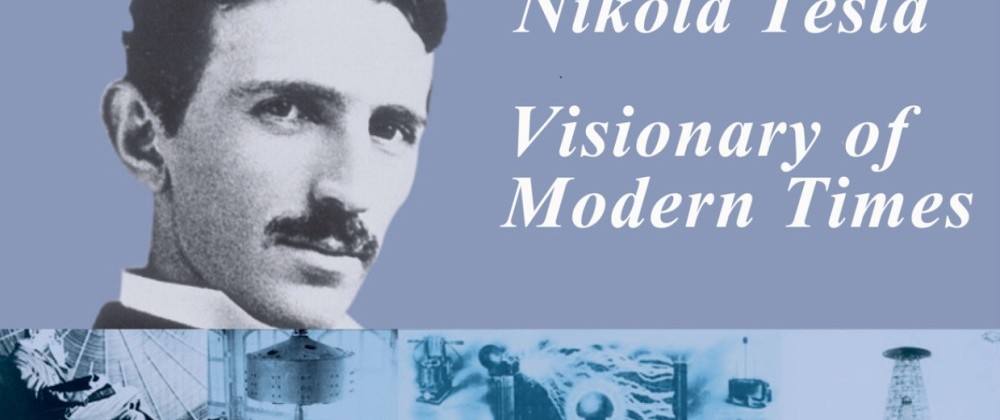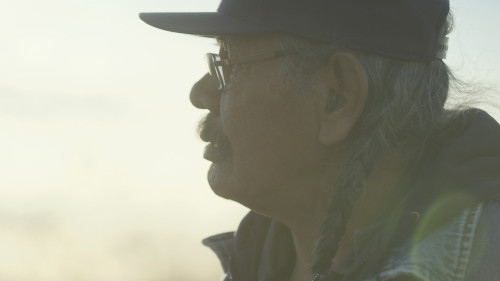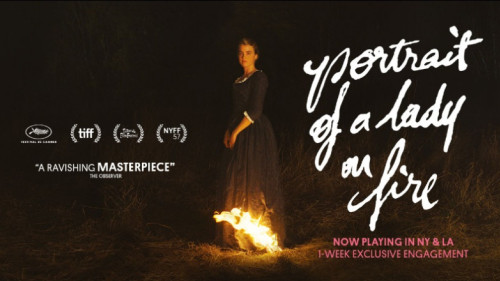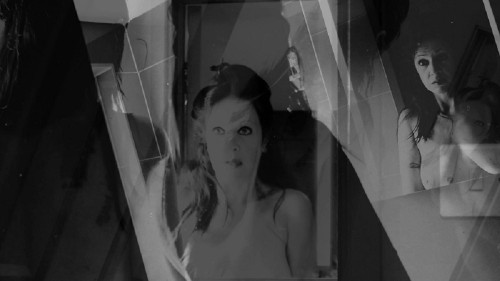Volume 25, Issue 4 / April 2021
Modern Forms (and maybe COVID-19)
In this issue
-
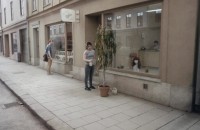
The contemporary cinemas of the resistant form
-

About Endlessness (Roy Andersson, 2019, Sweden): A Priest, Baby Carriages and a Flying Couple
-
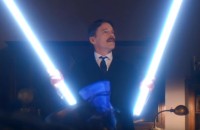
Meditation on Modernity: Tesla and The Current War, The Young Karl Marx, and A Dangerous Method; and Questions for Fordham University Press Director Fredric Nachbaur
-
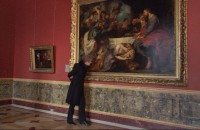
The Place-Museum and the Problem of Culture in Russian Ark
-
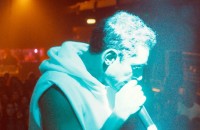
LFF 2020: Festival Preview
This issue is very broadly grouped around notions of modernism, specifically how this informs the form cinema’s language takes and how this can affect how film imparts meaning, knowledge, emotion, ideas in the general sense. As I read through the essays, and links between them formed, the current pandemic situation seemed to force itself into my mind, somehow I began to see the rigid, minimalist, or difficult nature of the films and styles discussed reflecting the way this pandemic has changed the form of our lives, made our lives more restrictive, closed off, insular. Since a few of the films discussed were made pre-COVID-19, this parallel is wholly contextual, but makes sense emotionally to me, so I’ll let it sit. To start the issue off, Daniel Skipper Rasmussen takes on a pure form of political art, or art of resistance, films that contain, express and entrap characters through acts of formal enclosure. The idea at the heart of Rasmussen’s analysis of what he defines as slow cinema and tableau cinema (Pedro Costa, Lav Diaz, Bela Tarr, Radu Jude, Roy Andersson, Lisandro Alonso, and others) is how this very rigid control of time, not only or necessarily narrative time, but the real time experienced by viewers, is a form of radical political gesture. One of the directors contained by Rasmussen’s thesis, the Swedish Roy Andersson, is the subject of the next article, a “segmented” analysis of his latest film About Endlessness (2019), which is structured to reflect the film’s episodic sequence shot scene structure. In his review essay (“Meditation on Modernity: Tesla and The Current War, The Young Karl Marx, and A Dangerous Method; and Questions for Fordham University Press Director Fredric Nachbaur”), Daniel Garrett asks broad questions about how technology and modernism has shaped art and human interaction in both simple and prosaic ways. In the same way that our current pandemic has shaped our lives in both simple and profound ways. Garrett looks at films that examine these different influences of the modern, such as Tesla (about brilliant inventor Nikola Tesla), A Dangerous Method (about Freud and Jung) and The Current War (about the struggle to bring electricity to the masses), and follows up his study of these films by interviewing (remotely of course) Fordham University Press Director Fredric Nachbaur. What shines through in this interview is just how important books have been and are to any idea of culture. And it is enriching to hear from someone so committed to and in love with books and their shaping of culture. The idea of culture informs the next essay by A. Kolev on the “Place-Museum” and the problem of culture in Alexander (or Aleksandr) Sokurov’s Russian Ark (this essay guest edited by colleague, co-editor David Hanley). Kolev’s philosophical perspective challenges the reader to think about how culture and art responds to a myriad of forces at play and represented in a “heritage museum” (individual, historical, political). Concluding the issue is George Kowalik’s festival coverage of the 2020 London Film Festival. Kowalik assesses how the LFF 2020 fared with its first COVID-era edition, dealing with capacity regulations and mixed virtual and theatrical screenings. (Donato Totaro, eds.)

